#History
Text

The best preserved ancient theater in the world.
Aspendos Theatre, Antalya/TURKEY
2K notes
·
View notes
Text
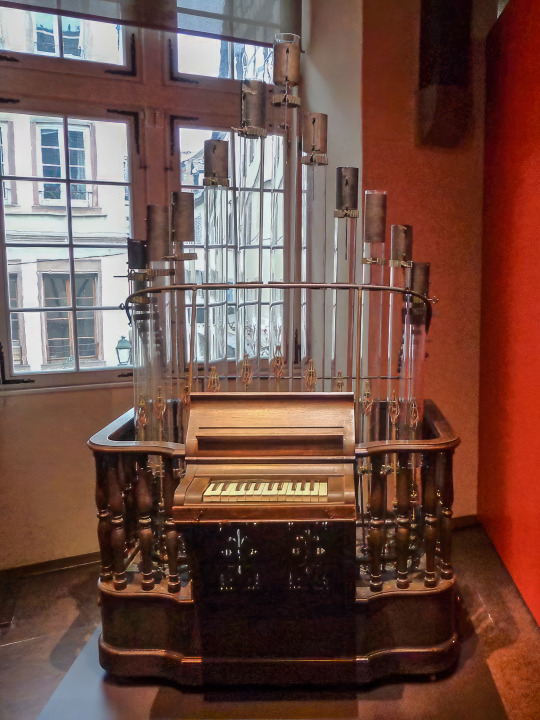
The Pyrophone, also known as the "fire organ" or "fire-explosion organ," is indeed a real instrument from the 19th century. It was invented by Georges Frédéric Eugène Kastner, a French physicist and musician, in the mid-1800s. The Pyrophone produces sound by using flames within glass tubes or metal pipes. The heat from the flames causes the air inside the tubes to vibrate, creating musical notes. The intensity and frequency of the sound can be altered by adjusting the size and intensity of the flames.
photo : Edelseider
850 notes
·
View notes
Text
TMAGP 19
Hey y'all,
Just thought I would try something this week and give a couple of thoughts on today's episode. (I might do it again in future, I might not, let's see.)
Personal Thoughts:
I have to admit I was nervous about this one. I have taken lead researching the historical elements of Protocol and part of me is always terrified that someone will drop me a line and be like "FYI this makes no sense" and then I realise they are right.
That said, I have checked and double checked though so it's probably fine right? Also frankly I didn't really have to make that much stuff up. History in this period is absolutely bananas.
Fun fact for this episode: The Gilded Gallows. Look it up.
Backstage insight: I don't deliberately keep including Newton in my work. The guy just has a lot of links to him on Wikipedia y'know? Also I super enjoy writing old-timey.
Further Reading:
If you are interested in the topics I recommend the following (on the understanding that they do not contain secrets for the show or anything I just think they are good):
1) Full Metal Alchemist Brotherhood
2) Outliers Podcast S2E1 Crack of Thunder by Gabrielle Urbina of Wolf359 fame
3) The Ritman Library in Amsterdam
#honest#alexander j newall#rusty quill#the magnus protocol#writing#backstage#reading list#history#fun facts#tmagp 19#tmagp spoilers
630 notes
·
View notes
Text


Large firanghi with gold decorated Spanish blade, India, 17th century
from Runjeet Singh Antique Arms and Armor
476 notes
·
View notes
Text

“Death blowing bubbles,” one of the several depictions of death created by Johann Georg Leinberger between 1729 and 1731 for the ceiling of the Holy Grave Chapel in Michaelsberg Abbey in Bamberg, Germany. The bubbles are symbols of the fragility of life
More: https://artifactsmuseumhistory.blogspot.com/
421 notes
·
View notes
Text
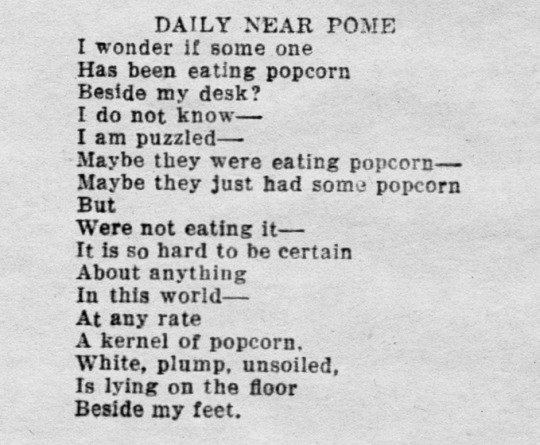
Wausau Daily Herald, Wisconsin, June 3, 1922
432 notes
·
View notes
Text









One year ago russia blew up the Nova Kakhovka Dam.
#ukraine#russia#russia is a terrorist state#fuck russia#genocide#stand with ukraine#support ukraine#genocide of ukrainians#russian war crimes#important#war#war photography#ph#photo#photography#news#history#world news#current events#anniversary#Kakhovka#nova kakhovka#share#boost#signal boost#nature#ecocide#environment#Kherson
357 notes
·
View notes
Text
Zuni farmers in the southwestern United States made it through long stretches of extremely low rainfall between A.D. 1200 and 1400 by embracing small-scale, decentralized irrigation systems. Farmers in Ghana coped with severe droughts from 1450 to 1650 by planting indigenous African grains, like drought-tolerant pearl millet.
Ancient practices like these are gaining new interest today. As countries face unprecedented heat waves, storms and melting glaciers, some farmers and international development organizations are reaching deep into the agricultural archives to revive these ancient solutions.
Drought-stricken farmers in Spain have reclaimed medieval Moorish irrigation technology. International companies hungry for carbon offsets have paid big money for biochar made using pre-Columbian Amazonian production techniques. Texas ranchers have turned to ancient cover cropping methods to buffer against unpredictable weather patterns.
But grasping for ancient technologies and techniques without paying attention to historical context misses one of the most important lessons ancient farmers can reveal: Agricultural sustainability is as much about power and sovereignty as it is about soil, water and crops.
345 notes
·
View notes
Text

These U.S. Army nurses were first to land with the vanguard of American troops on Normandy beaches. They ate dinner on the site of the field hospital, located between the beach and the fighting.
347 notes
·
View notes
Text
Found out yesterday my great-great grandparents died in a pogrom in modern-day Ukraine in 1920. The violence lasted for 5 days and killed about 700 people.
I don’t know how to make goyim understand that when finding this out I was so devastated and yet unsurprised. I was unsurprised because when learning Jewish history, starting around the middle ages to modernity, I always feel as if it is “my history.” These events happened to my ancestors. Even if technically that isn’t true.
I did not realize until the start of my MA program in public history that it is not common for people to feel this close a connection to their ethnic/religious groups history.
This phenomenon is what I want goyim to understand. That feeling of when i found out the specific event of violence that killed my great-great grandparents felt more like a final nail in the coffin than an unexpected blow. Yes, it hurt and i cried as i always do when i found out the specifics of my families deaths to antisemitic violence. But it was not a surprise. Why would it be when since at least middle school I remember learning about jewish history and internalizing it as my own history that happened to my own family.
And this phenomenon is also why jews react so strongly when violent antisemitism is in the news. Yes, it has to do with intergenerational trauma but also this deep connection we feel to all of Jewish history. That we can see how this is just another atrocity in a long line of atrocities. That there is no tangible difference between the victims and ourselves. This is all of our collective history.
#antisemitism#history#jumblr#judaism#leftist antisemitism#public history#intergenerational trauma#ukraine
379 notes
·
View notes
Text

Lake Garda, Italy 🇮🇹
📸: Peter Rajkai
656 notes
·
View notes
Text

1920s Vintage Porcelain Toaster
364 notes
·
View notes
Text

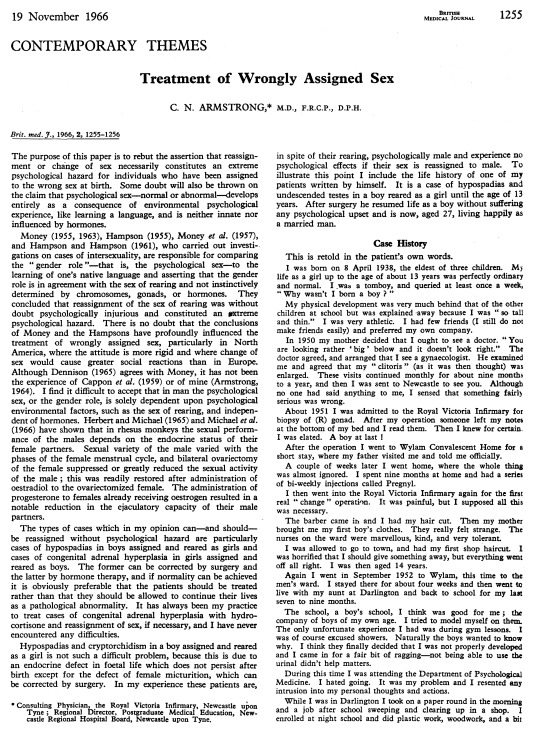
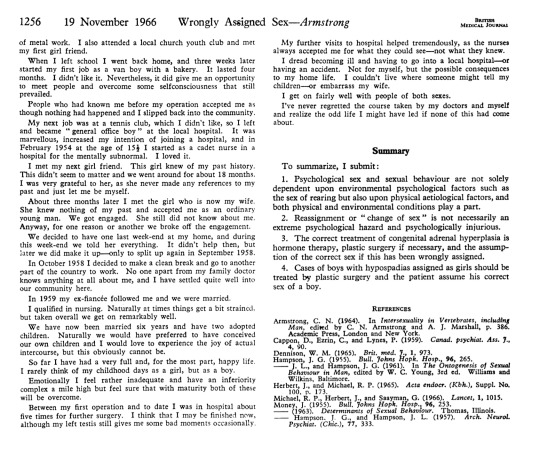
"A boy at last!"
Here's a nearly-forgotten case study about the medical transition of a 13-year-old intersex trans boy in 1951. He went on hormones at 13 and had bottom surgery at 14. The unnamed teenager used Pregnyl to ensure he went through the right puberty. He lived a happy life with full support from both his parents. Read the full article here: transreads.org/wronglyassignedsex/
244 notes
·
View notes
Text

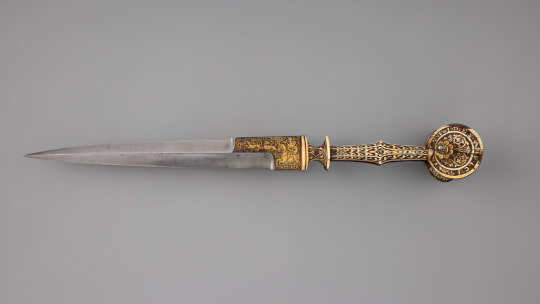
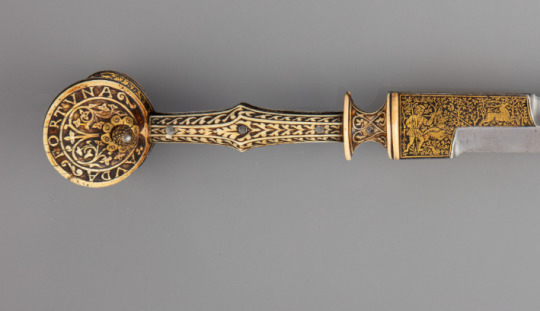
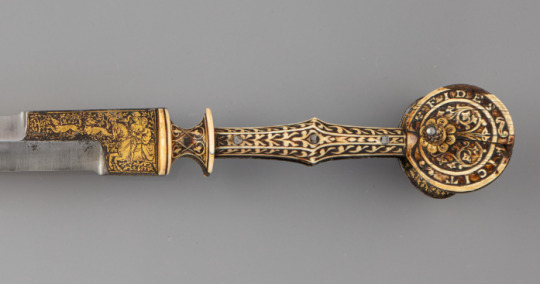
Gold decorated ear dagger with ivory hilt inscribed "AVDA FORTUNA" and "FIDES FICIT", Spanish, circa 1540
from The Metropolitan Museum of Art
530 notes
·
View notes
Text
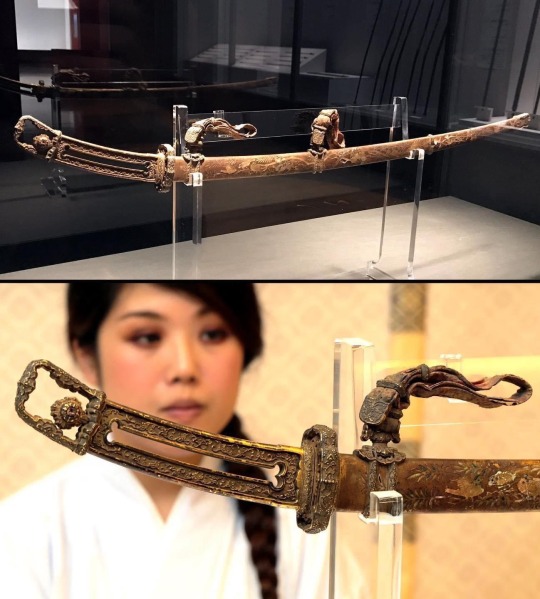
Officer's dress sword with ornate handle and mother-of-pearl inlaid scabbard. The blade is too rusted to pull out. Japan, Heian period, 12th century AD
More: https://thetravelbible.com/top-artifacts-from-the-medieval-period/
309 notes
·
View notes
